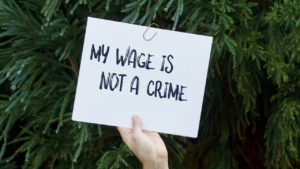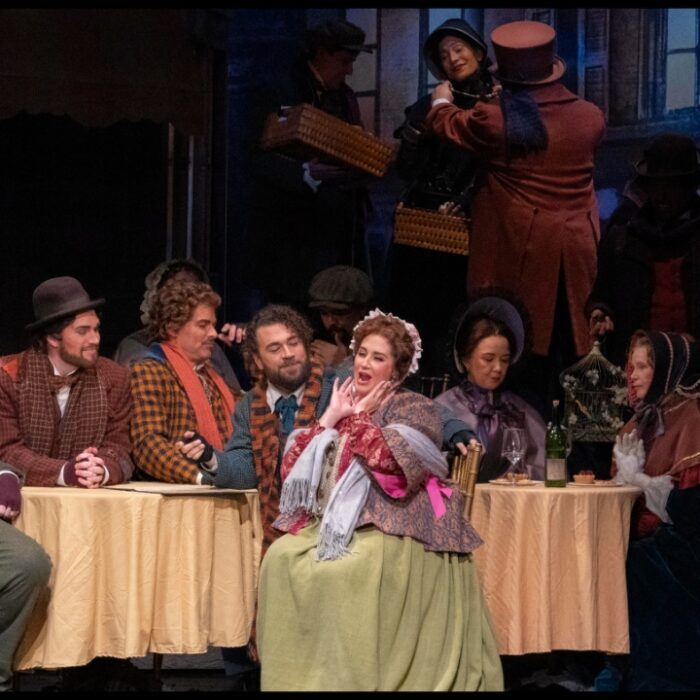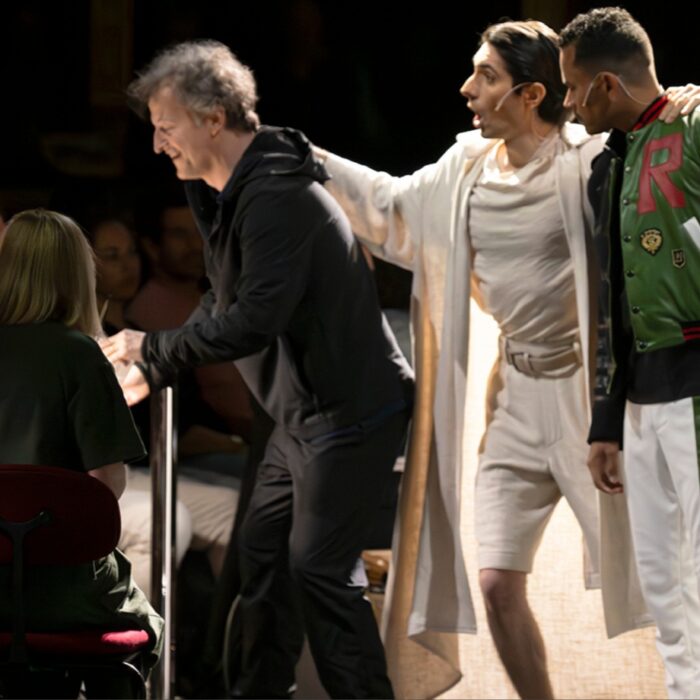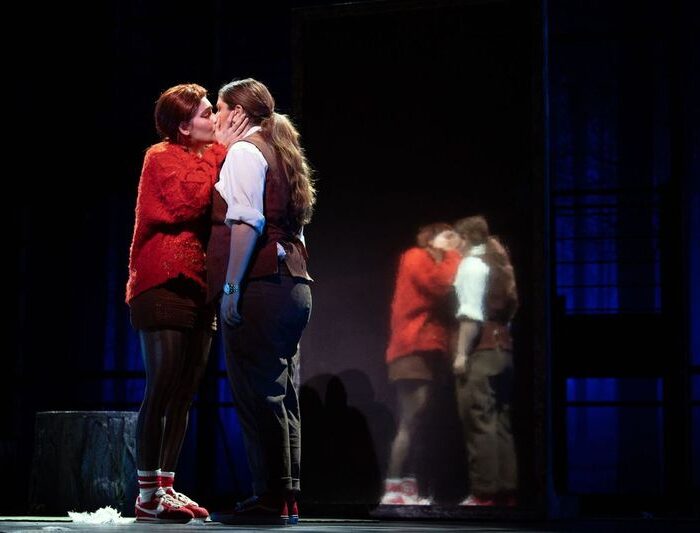
Criticism on Fridays: The Curtain Call of the MET/AGMA Negotiations
Should We Applaud or Boo This Poorly Presented Performance?
By Polina LyapustinaEvery Friday, Polina Lyapustina delivers a short essay on some of the most essential topics in the industry with the intent of establishing a dialogue about the opera world and its future.
Two weeks ago, AGMA, working for the Met chorus, dancers, and soloists, finished negotiations with the Metropolitan Opera and agreed on a final deal for all the groups of artists the union represents. This week, they started the info sessions for the artists contracted at the Met to encourage them to join the Met/AGMA Tentative Agreement.
But the numbers, soon revealed by the artists themselves, definitely show not only the major problems of the final deal but also ask even more questions about how AGMA serves its artists.
The deal allows fees for different groups of workers to be cut unevenly from 3.7 percent for chorus and dancers to 12.65 percent for the per-performance soloists with contract fees above $13,999. The tax on the rich was always popular rhetoric to justify political issues, and this time is not an exception. But what issues in the work of U.S. unions does this highly controversial decision reveal and who actually wins from this obviously unfair solution?
The higher pay cut for the highly paid artists obviously plays into the Met’s hands, but how come AGMA allowed such an uneven approach for their members? By what the managers of the per-performance soloists are discussing publicly, we can clearly understand that this group of artists was poorly represented in the committee. Furthermore, it seems that the horizontal communication inside the union was an abject failure. The same problems appeared with regards to the vertical transparency as well, since the Met workers were only allowed to see the numbers for the ratification. Meanwhile, AGMA constantly tried to show that the entire process was transparent for its members. And I now expect the same media efforts will be implemented into making the artists accept the deal.
The part AGMA was so proud about was always its attempt to re-establish the workers’ rights at the Met, but as a result, we can see only minor (and quite obvious for modern times) improvements in this field. But this very topic was a special and important issue AGMA publicly discussed with its members. The new moral approach, rights, and humanism were supposedly at the forefront.
But honestly, I want to ask AGMA representatives if they ever tried to discuss the unequal approach among the different groups. I believe that would reduce the tension between people today, or frankly, would never allow this agreement to happen in this form. I’m sure that until the chorus members and dancers see their noticeably reduced cuts, they would fight for their colleagues, but now I doubt they go to the war for the soloists, after feeling that relief; 3.7 percent instead of 30 percent is a really good deal. The result is that unity among the members becomes difficult, if not impossible. “Divide and conquer.” A strategy as old as time.
But when I see those numbers, I have so many questions in my head. The first and probably the main one is how did 30 percent turn into 3.7 percent? Gelb’s administration was certain in November that only huge cuts for everyone would save the Met. And now, suddenly 3.7 percent also works? Then why push out this dramatic narrative about losing the best American operatic stage? The truth is that it was all noise, but we all believed (or wanted to) and we got scared. And then, I suddenly remembered the story back in 2014, when Peter Gelb demanded 17 percent pay cuts for everyone “to save the Met” (something clicked, huh?) and the work of many people was interrupted and a lot of work was outsourced. After another long and hard negotiation, most of the workers received a 7 percent cut, and stagehands, whose work was outsourced, got only 3.5 percent cuts. How familiar is this situation? And more importantly, how many more times will we forget history and allow it to repeat itself?
Considering this, I can’t believe anyone involved (in the management and AGMA committee) could not know that the cuts wouldn’t be that large. But it was quite an effective tool for everyone of these bureaucratic organizations — it made workers accept the given number with greater ease (out of fear) with the added bonus that it made AGMA look like real heroes for somehow getting Gelb to reduce his numbers.
Ultimately, the pandemic became the stage for the most ambitious and expensive production by the Met. The play it rehearsed almost unnoticed in 2014 was now performed at large and it seems like the box office receipts will be huge. And since the Met is no longer “dying” anymore and is ready to cut way less than its leadership asked for, as an economist, I must another question. The amount of money the Met would save from the general 30 percent cut is certainly hard to collect from any other source. But if we talk about the sums gathered from 3.7 percent to 12.65 percent cuts, I’m more than sure that this money could be received by reducing the questionable production expenses (let’s talk the “Faust” production that seems to have been a poor investment due to its absence in nearly a decade or Gelb’s underwhelming $15 million Ring that has rarely managed to hold the stage due to the challenges of actually producing it), management wages, or simply the hundred of lawyers working for the Met with rates easily comparable to the soloists’. So, why is it that if the Met suddenly isn’t demanding those huge and even cuts is it trying to get the money from its artists? Where has the respect and appreciation gone?
And then, there’s always the hardest part. No matter how long we speak about the rights and respect of the talents and their art, there are always living people to consider behind it all. And for those people to be viewed and understood is still as important as to be fairly paid. And when this political “earn more, pay more” applies to the Met soloists, I ask you to remember what the per-performance soloists pay to be rated that high. They pay their taxes, insurance, and retirement on their own, whether they have a job or not. They travel, pay double rent, commission to their managers, and the wages of their coaches. And after all of this, the remainder bears little resemblance to the amount in the contract. And yet, they are almost judged for the money they honestly earn and punished with way larger pay cuts for making more commitments. Not to mention that if they have ONE bad night, audience members and critics may call for their heads and careers.
So when top artists like Lisette Oropesa finally speak out about that, calling for a boycott of the agreement, I hope that their voices will sound louder and be remembered longer because of their names and talents. But I also wish that they would be understood as normal working people (like hundreds of artists who remain silent) caught in the traps of two major forces of the opera industry in the U.S., one of which is actually supposed to protect them.


